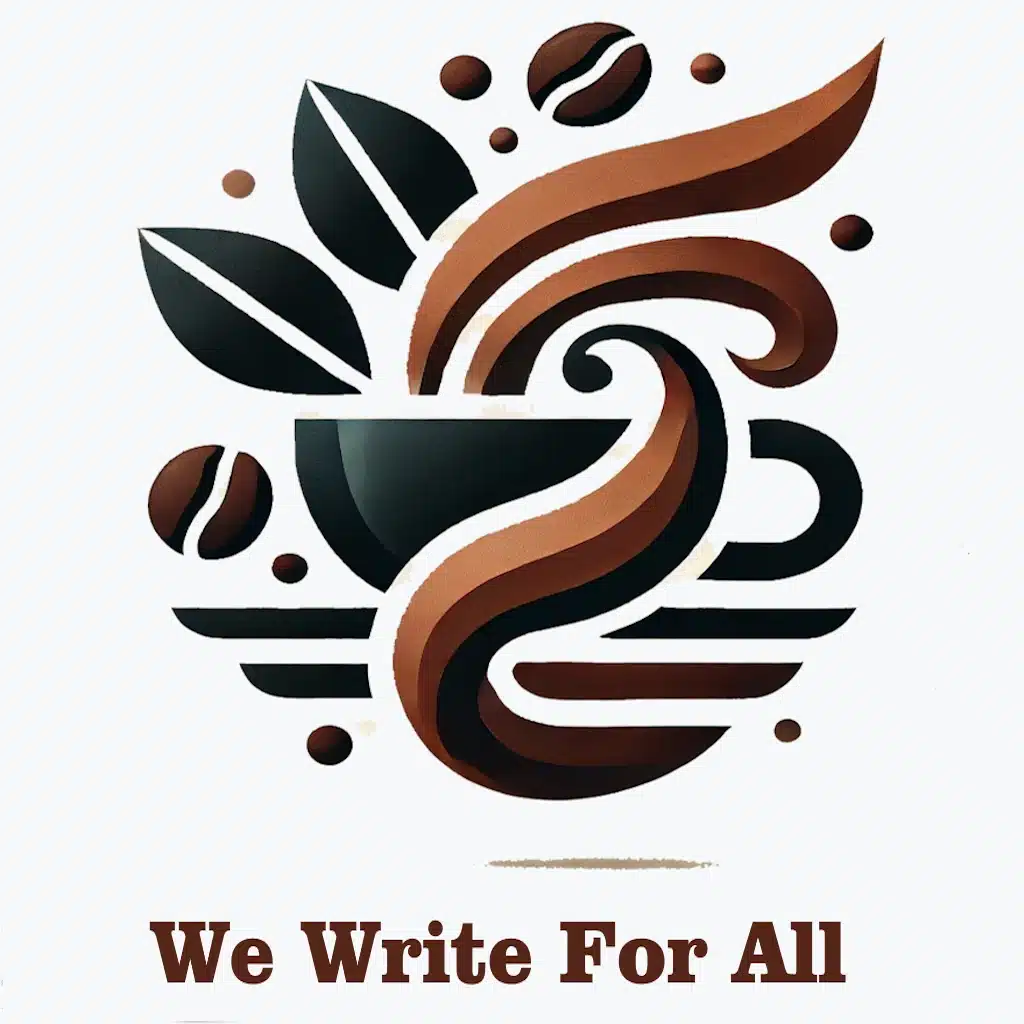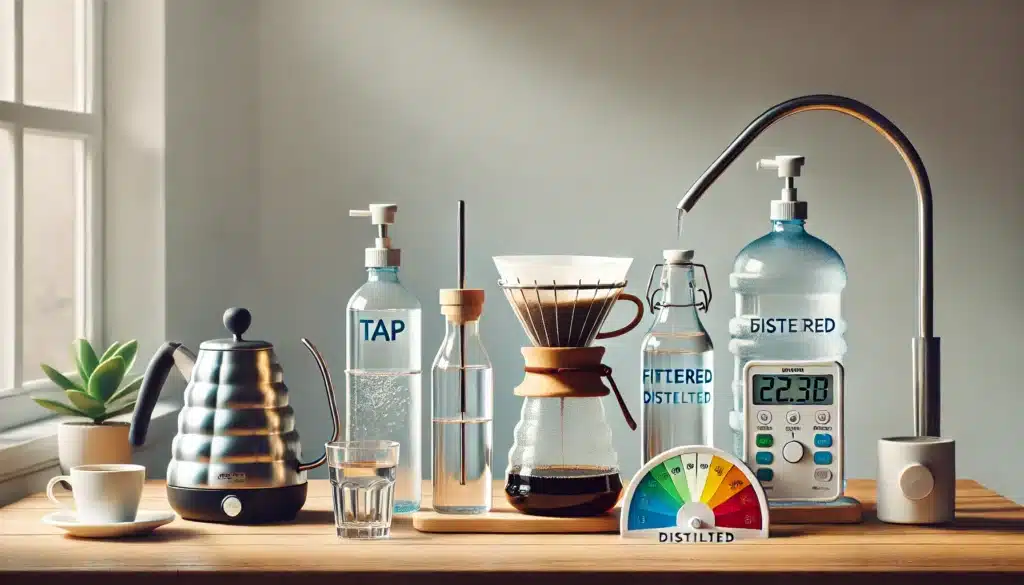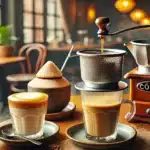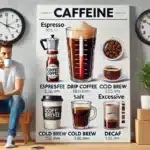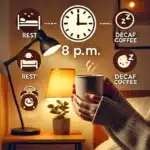Water makes up 98–99% of a cup of coffee, yet it’s often the most overlooked ingredient in the brewing process. The minerals, temperature, and purity of your water can dramatically affect how your coffee tastes — from bright and clean to flat or overly bitter.
In this guide, we’ll explore how water influences flavor and offer tips to help you brew the best possible cup.
1. Why Water Matters
Coffee is essentially flavored water, so its quality has a huge impact on extraction.
Good water:
- Highlights flavor clarity
- Balances acidity and sweetness
- Supports consistent extraction
Bad water can mute delicate notes, emphasize bitterness, or even make your coffee taste metallic or sour.
2. The Role of Minerals
Minerals in water help extract soluble compounds from coffee grounds. The key minerals include:
- Calcium
- Magnesium
- Bicarbonate
- Sodium (in small amounts)
These minerals affect hardness, which is crucial for proper extraction and taste balance.
3. Hard vs. Soft Water
- Hard water: High in calcium and magnesium. Can lead to over-extraction and chalky mouthfeel.
- Soft water: Lacks minerals. Can under-extract and result in flat or sour flavors.
Ideal water has moderate mineral content — enough to support flavor without overpowering it.
4. Total Dissolved Solids (TDS)
TDS measures the amount of dissolved minerals in water. The Specialty Coffee Association (SCA) recommends:
- TDS range: 75–250 ppm (parts per million)
- Ideal around 150 ppm
You can measure TDS with a TDS meter — affordable and easy to use for home brewers.
5. Chlorine and Off-Flavors
Chlorine is added to tap water for safety, but it negatively affects coffee flavor, producing:
- Chemical or “swimming pool” taste
- Flat or astringent cups
- Suppression of sweet or fruity notes
Always use filtered water to remove chlorine before brewing.
6. Best Types of Water for Coffee
Ideal options include:
- Filtered tap water (with carbon filtration)
- Third Wave Water (minerals added to distilled water)
- Spring water (check the mineral content on the label)
Avoid:
- Distilled or reverse osmosis water alone (too pure, lacks minerals)
- Unfiltered tap water (too variable and often chlorinated)
7. Temperature Matters Too
Brew water temperature affects extraction rate:
- Ideal range: 90–96°C (195–205°F)
- Too hot: over-extraction (bitter, dry)
- Too cool: under-extraction (sour, weak)
Let your kettle rest 30 seconds after boiling to hit the sweet spot if you don’t have a thermometer.
8. Match Water to Your Roast
Water interacts differently depending on the roast level:
- Light roasts benefit from slightly higher temperatures and water rich in magnesium
- Dark roasts pair well with lower temperatures and water with softer minerality
Experiment to find what best complements the roast profile you’re using.
9. Keep It Consistent
If your coffee tastes different each day, inconsistent water may be the cause.
- Use the same filter or bottled source
- Avoid switching between tap and purified water without testing
- Consider creating your own water blend using water additives for precision
Consistency leads to more predictable and enjoyable brews.
10. Taste Your Water
Before brewing, taste the water on its own:
- Is it clean and crisp?
- Does it leave any aftertaste?
- Would you enjoy drinking it by itself?
If not, don’t use it for coffee. Great coffee starts with great water.
Final Thoughts: The Hidden Ingredient
Water might be invisible in your cup, but it’s central to every flavor you experience. By understanding its role — and fine-tuning its quality — you unlock a new level of clarity, sweetness, and balance in your brews.
So next time you make coffee, don’t just think about the beans — think about the water too.
